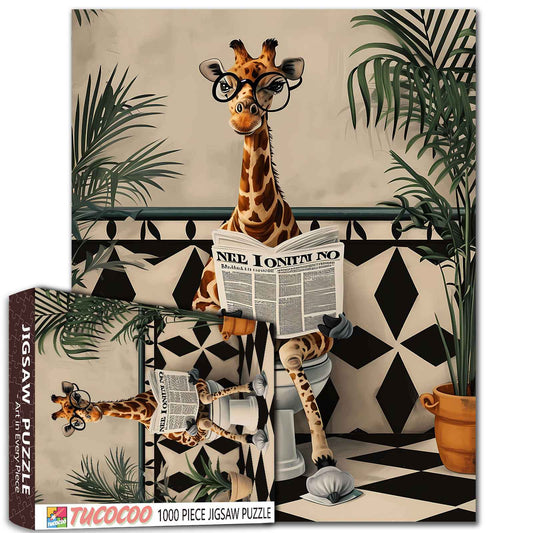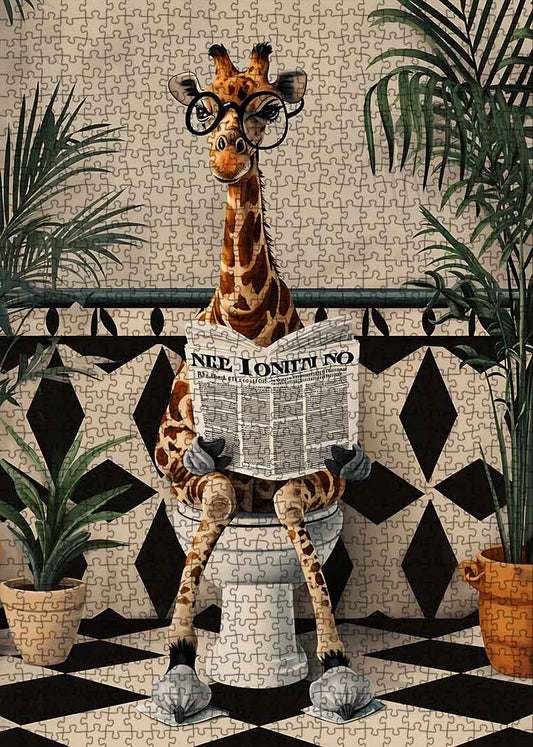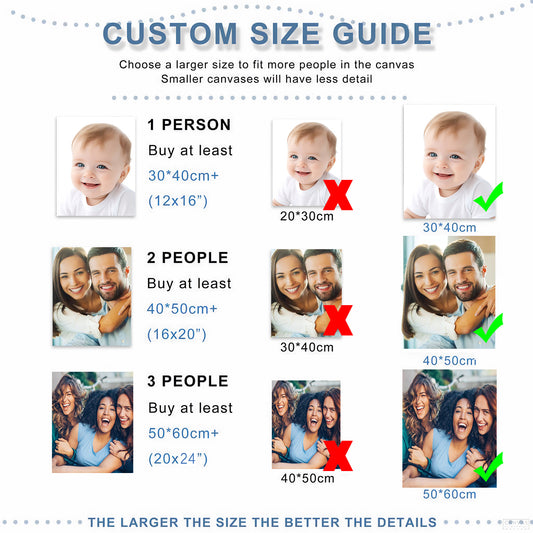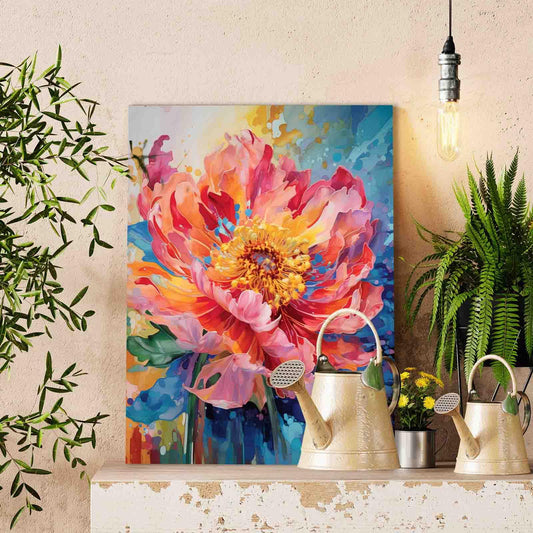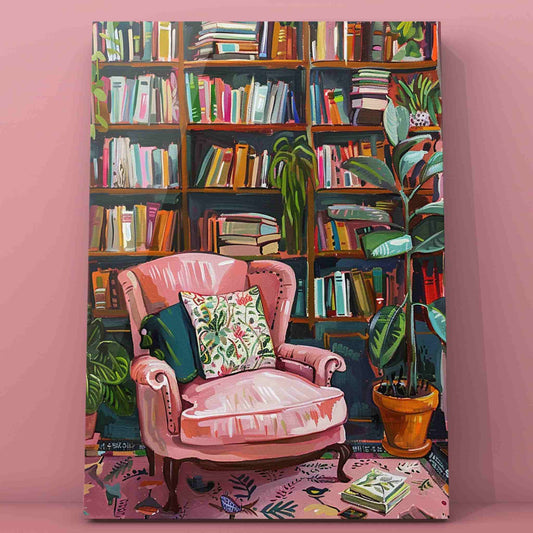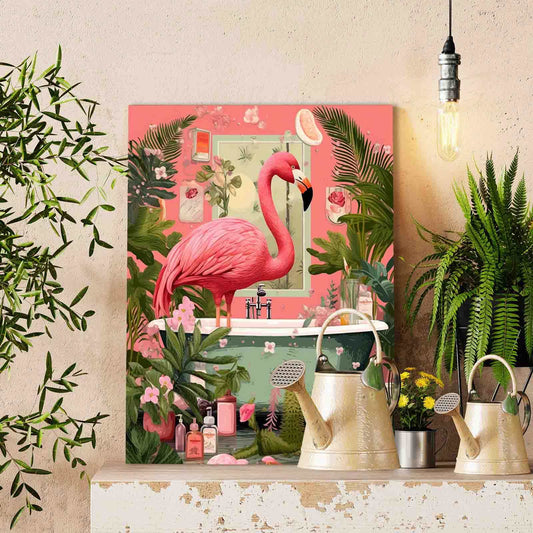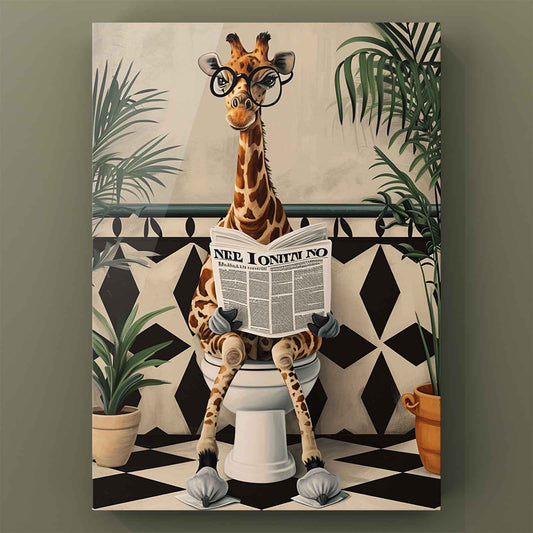
Best puzzle piece count for adults
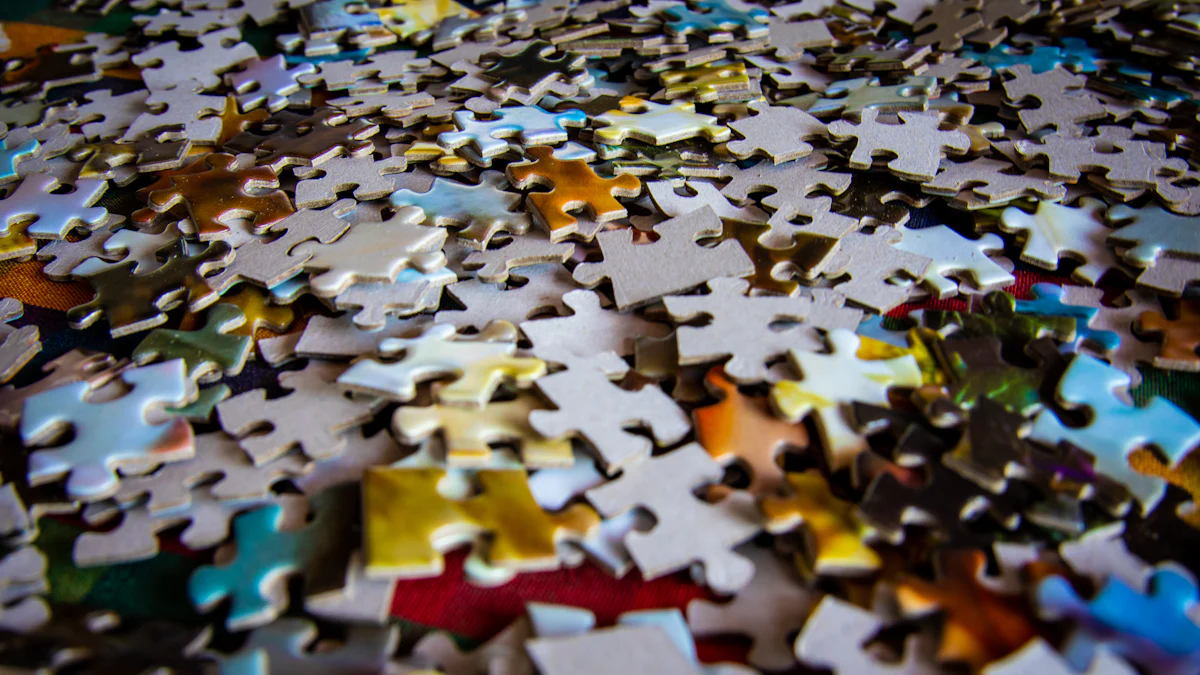
The 1000-piece jigsaw puzzles stand out as the most popular choice among adults. This size offers the perfect mix of challenge and enjoyment, making it suitable for a wide range of skill levels. Many adults prefer these jigsaw puzzles because they provide just the right level of intricacy to keep you engaged. They also promote cognitive skills like problem-solving and memory while offering a calming, stress-relieving experience. Whether you work on jigsaw puzzles alone or with others, this activity can be both rewarding and therapeutic.
Key Takeaways
1000-piece puzzles are fun and challenging for most people.
Finishing a puzzle builds confidence and helps your brain work better.
Think about your skills, time, and space to pick the right puzzle.
Why 1000-piece jigsaw puzzles are ideal
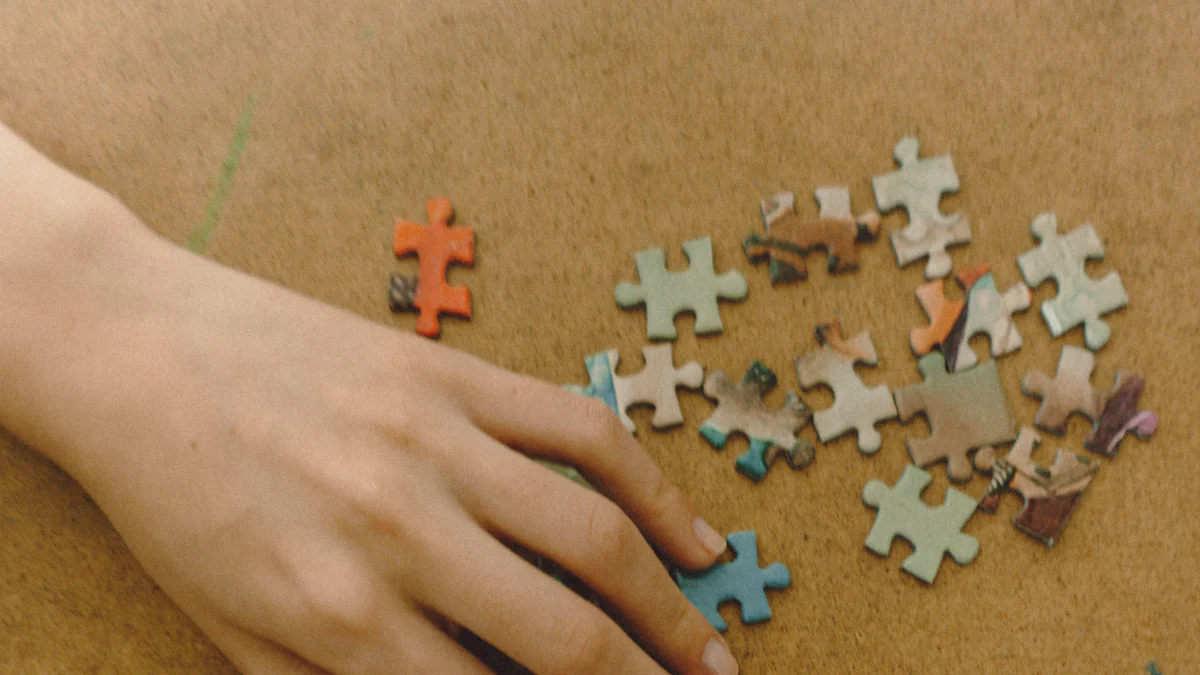
Balance of challenge and manageability
A 1000-piece puzzle strikes the perfect balance between being challenging and manageable. It offers enough complexity to keep you engaged without feeling overwhelming. Compared to smaller puzzles, which are often too simple, and larger puzzles, which can take weeks to complete, this size provides a moderate challenge. The difficulty also depends on the image design and the cut of the pieces, making it adaptable to your preferences.
Solving a puzzle of this size enhances your cognitive abilities. You improve problem-solving skills, spatial reasoning, and memory as you work through the intricate details. The process also sharpens your ability to think quickly and switch between tasks seamlessly. This mental stimulation keeps your brain active and reduces stress, making it a rewarding activity.
Accessibility and availability
You’ll find 1000-piece jigsaw puzzles widely available in stores and online. They are a popular choice for adults and older children, recommended for ages 12 and up. Their standard size, typically around 19 by 27 inches, fits comfortably on most tables, making them practical for home use.
Retailers often stock a variety of themes, from nature and travel to nostalgic and cultural designs. This ensures you can easily find a puzzle that matches your interests. The availability of this size also reflects its popularity, as it caters to a broad audience seeking both entertainment and a mental challenge.
Flexibility for different skill levels
A 1000-piece puzzle caters to both beginners and experienced puzzlers. If you’re new to jigsaw puzzles, this size helps you build your skills while offering a manageable challenge. For seasoned puzzlers, it provides intricate designs and longer engagement, keeping the experience fresh and exciting.
The variety of designs ensures there’s something for everyone. Beginners might prefer puzzles with distinct color contrasts, while experienced puzzlers can enjoy more complex patterns. This flexibility makes 1000-piece puzzles a versatile choice for all skill levels.
Sense of accomplishment and enjoyment
Completing a 1000-piece puzzle gives you a profound sense of accomplishment. The effort you invest in assembling the pieces results in a beautiful finished product. This achievement boosts your self-esteem and confidence, contributing to your overall mental well-being.
The process itself combines cognitive benefits, stress relief, and entertainment. As you work through the puzzle, you experience a calming effect that helps you unwind. Whether you complete it alone or with others, the journey is as enjoyable as the destination.
Factors influencing puzzle size selection
Skill level: Beginners vs. experienced puzzlers
Your skill level plays a significant role in choosing the right puzzle size. Beginners often find smaller puzzles, such as those with 100-500 pieces, more approachable. These puzzles allow you to build confidence and develop problem-solving techniques without feeling overwhelmed. On the other hand, experienced puzzlers may enjoy the complexity of larger puzzles with 2000 pieces or more. These puzzles often feature intricate designs that challenge even the most seasoned enthusiasts.
Here’s a quick guide to help you decide:
Skill Level |
Recommended Puzzle Size |
|---|---|
Beginners |
100-500 pieces |
Intermediate |
1000-1500 pieces |
Advanced |
1500 pieces or more |
Time availability: Limited vs. ample time
The amount of time you have determines the puzzle size you should choose. If your schedule is tight, opt for smaller puzzles with fewer pieces, such as 100-500 pieces. These can be completed in a few hours or a day. If you have more free time, consider larger puzzles with 1000-2000 pieces. These provide a longer, more immersive experience that you can enjoy over several days or weeks.
Space considerations: Small vs. large spaces
The space available for assembling your puzzle also matters. Smaller puzzles fit well on compact surfaces like coffee tables or desks. Larger puzzles, however, require more room. If you have a dedicated puzzle area, you can comfortably work on puzzles with 1000 pieces or more. Always ensure your workspace accommodates the puzzle dimensions to avoid frustration.
Personal preferences: Challenging vs. manageable puzzles
Your personal preferences should guide your choice. Some people enjoy the challenge of larger, more complex puzzles, while others prefer the simplicity of smaller, manageable ones. Think about what excites you most—whether it’s the satisfaction of completing a detailed masterpiece or the quick gratification of finishing a smaller puzzle.
Tip: Experiment with different sizes and designs to discover what suits you best. Jigsaw puzzles offer endless possibilities for enjoyment and growth.
Exploring different types of jigsaw puzzles
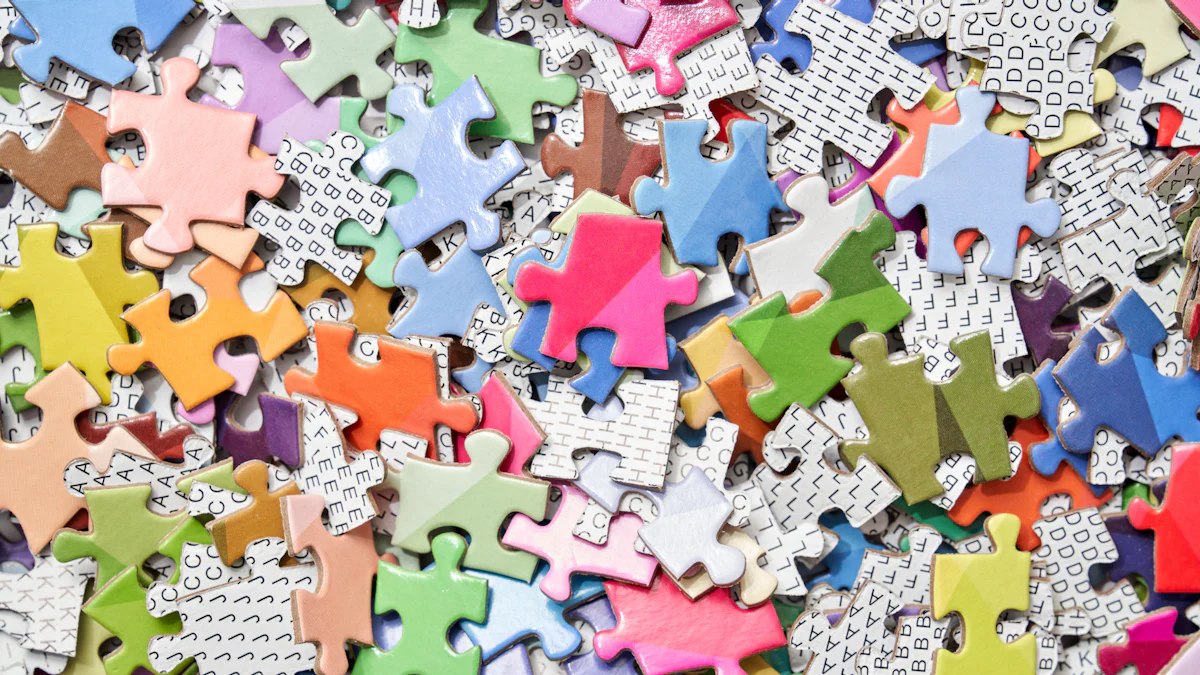
2D vs. 3D puzzles
When exploring jigsaw puzzles, you’ll encounter both 2D and 3D options. Traditional 2D puzzles lay flat and feature a wide range of designs, from landscapes to abstract art. These puzzles are ideal for beginners and experienced puzzlers alike, offering a classic and straightforward experience.
In contrast, 3D puzzles add an extra layer of complexity. They allow you to build structures like famous landmarks, vehicles, or even globes. These puzzles challenge your spatial reasoning and creativity as you assemble pieces into a three-dimensional form. If you enjoy hands-on projects or want a decorative finished product, 3D puzzles are a great choice.
Wooden, cardboard, and plastic puzzles
The material of a puzzle impacts its durability and environmental footprint. Wooden puzzles often use high-quality materials sourced from sustainable suppliers. They last longer and reduce waste over time. Cardboard puzzles, made from recycled materials, are lightweight and affordable. However, they may wear out faster with frequent use. Plastic puzzles, while durable, have a higher environmental impact due to production and disposal challenges.
Aspect |
Wooden Puzzles |
Cardboard Puzzles |
Plastic Puzzles |
|---|---|---|---|
Sustainable Sourcing |
Often made from recycled materials |
Typically not sourced sustainably |
|
Durability |
Long-lasting, reducing waste over time |
Less durable, may need replacement |
Less durable, contributes to waste |
Recyclability |
Recyclable packaging and materials |
Generally recyclable |
Difficult to recycle |
Environmental Footprint |
Lower due to responsible practices |
Moderate, depends on materials used |
Higher due to production and disposal |
Custom and handmade puzzles
Custom and handmade puzzles offer a unique experience compared to mass-produced ones. Handmade puzzles use durable materials and feature intricate details. Each puzzle is one-of-a-kind, making it a special addition to your collection.
Feature |
Handmade Puzzles |
Mass-Produced Puzzles |
|---|---|---|
Quality and Durability |
Higher quality, durable materials |
Often lower quality, less durable |
Uniqueness |
Unique designs, no two are alike |
Identical batches, lack uniqueness |
Attention to Detail |
Intricate details and fine finishing |
Generally less attention to detail |
Custom puzzles allow you to personalize the design, such as using a favorite photo. These puzzles make thoughtful gifts or keepsakes, adding sentimental value to the fun.
Digital puzzles and their convenience
Digital puzzles bring a modern twist to the traditional pastime. They offer several benefits:
Convenience and portability let you play anytime on your device.
Space-saving design eliminates the need for a dedicated workspace.
Endless variety ensures you’ll always find new themes and difficulty levels.
Accessibility features like zoom, hints, and save options enhance usability.
Digital puzzles are perfect for those who want a flexible and mess-free way to enjoy this hobby. Whether you’re on the go or relaxing at home, they provide an engaging and stress-free experience.
Practical tips for choosing the right puzzle size
Start small and increase complexity gradually
If you’re new to jigsaw puzzles, starting with smaller puzzles is a smart choice. A 100-500 piece puzzle allows you to build confidence and develop essential skills like sorting and edge-matching. Once you feel comfortable, you can gradually move to larger puzzles with 1000 pieces or more. This step-by-step approach helps you avoid frustration and ensures a positive experience.
For experienced puzzlers, increasing complexity keeps the activity engaging. Try puzzles with intricate designs or unique cuts to challenge yourself further. Gradually increasing difficulty not only sharpens your problem-solving skills but also keeps the hobby exciting over time.
Consider puzzles with distinct color contrasts for beginners
Beginners often find puzzles with clear color contrasts easier to solve. Vibrant images with distinct sections, such as landscapes with blue skies and green fields, make sorting and assembling pieces more manageable. These puzzles help you focus on specific areas without feeling overwhelmed.
As you gain experience, you can explore puzzles with subtler color transitions or abstract designs. These options provide a greater challenge and enhance your ability to recognize patterns and shapes.
Match puzzle size to your available space and time
Choosing the right puzzle size depends on your space and time. Here’s how you can match your puzzle to your situation:
If you have limited space, choose smaller puzzles with 100-500 pieces that fit on compact surfaces like coffee tables.
If you have ample space, opt for larger puzzles with 1000-2000 pieces to enjoy a more immersive experience.
If you have limited time, smaller puzzles are ideal since they can be completed in a few hours or a day.
If you have more time, larger puzzles offer a rewarding challenge that can span several days or weeks.
By aligning your puzzle size with your environment and schedule, you can enjoy a stress-free and fulfilling puzzling experience.
Experiment with different puzzle types to find your preference
Exploring various puzzle types helps you discover what you enjoy most. Trying different styles, such as 2D, 3D, or custom puzzles, enhances your problem-solving skills and promotes creativity. Each type offers unique challenges that encourage you to think outside the box and embrace innovative solutions.
Puzzles also introduce you to new topics and ideas. For example, assembling a historical map puzzle might spark your interest in geography, while a cultural design could teach you about traditions from around the world. This variety makes jigsaw puzzles a tool for lifelong learning and personal growth.
Tip: Don’t hesitate to try something new. You might find a puzzle type that surprises and delights you!
Choosing the right puzzle size enhances your experience and ensures a satisfying challenge. A 1000-piece puzzle offers versatility, balancing complexity and enjoyment for most adults. When selecting a puzzle, consider factors like your skill level, available time, and space. Matching these elements to your preferences helps you find the perfect fit.
Jigsaw puzzles provide more than entertainment. They improve problem-solving skills, boost memory, and reduce stress. Whether you enjoy them alone or with others, puzzles offer a rewarding hobby that combines fun with cognitive benefits. Start exploring today and discover the joy of piecing together your next masterpiece.
FAQ
What is the best puzzle size for beginners?
Start with a 100-500 piece puzzle. This size helps you build confidence and develop skills without feeling overwhelmed. Gradually move to larger puzzles as you improve.
How long does it take to complete a 1000-piece puzzle?
It usually takes 5-10 hours. The time depends on your experience, the puzzle’s complexity, and how much time you dedicate to solving it.
Can I frame my completed puzzle?
Yes! Use puzzle glue to secure the pieces. Once dry, place it in a frame to display your hard work as a decorative piece.



